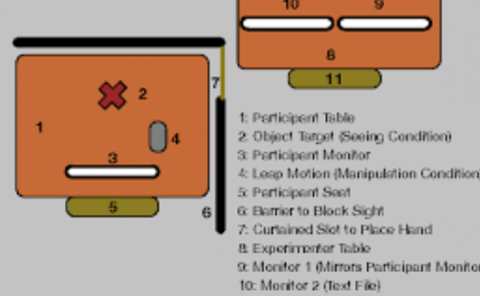No-Reference Quality Assessment for 360-degree Images by Analysis of Multi-frequency Information and Local-global Naturalness
PubDate: Feb 2021
Teams: Wei Zhou, Jiahua Xu, Qiuping Jiang, Zhibo Chen
Writers: Wei Zhou, Jiahua Xu, Qiuping Jiang, Zhibo Chen

Abstract
360-degree/omnidirectional images (OIs) have achieved remarkable attentions due to the increasing applications of virtual reality (VR). Compared to conventional 2D images, OIs can provide more immersive experience to consumers, benefitting from the higher resolution and plentiful field of views (FoVs). Moreover, observing OIs is usually in the head mounted display (HMD) without references. Therefore, an efficient blind quality assessment method, which is specifically designed for 360-degree images, is urgently desired. In this paper, motivated by the characteristics of the human visual system (HVS) and the viewing process of VR visual contents, we propose a novel and effective no-reference omnidirectional image quality assessment (NR OIQA) algorithm by Multi-Frequency Information and Local-Global Naturalness (MFILGN). Specifically, inspired by the frequency-dependent property of visual cortex, we first decompose the projected equirectangular projection (ERP) maps into wavelet subbands. Then, the entropy intensities of low and high frequency subbands are exploited to measure the multi-frequency information of OIs. Besides, except for considering the global naturalness of ERP maps, owing to the browsed FoVs, we extract the natural scene statistics features from each viewport image as the measure of local naturalness. With the proposed multi-frequency information measurement and local-global naturalness measurement, we utilize support vector regression as the final image quality regressor to train the quality evaluation model from visual quality-related features to human ratings. To our knowledge, the proposed model is the first no-reference quality assessment method for 360-degreee images that combines multi-frequency information and image naturalness. Experimental results on two publicly available OIQA databases demonstrate that our proposed MFILGN outperforms state-of-the-art approaches.


